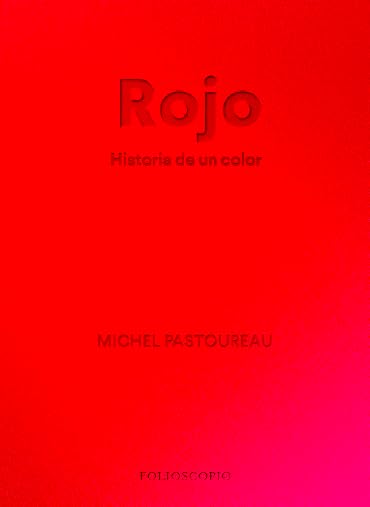What do you think?
Rate this book


256 pages, Hardcover
First published February 14, 2017
the perception of colors is not just a biological or neurobiological phenonmenon; it is also a cultural phenomenon that calls upon knowledge,Which is why Pastoureau confines his commentary to the history of this color in Europe, but it's a "Europe" going back millennia to the cave paintings of Chauvet and the tombs of the Pharaohs. Red is the archetypal power color; for thousands of years humanity's most preferred color (displaced only in recent centuries by blue and green). Thanks to the book's superb design and production, the reader can follow the fortunes of red in its spectacular permutations, through paintings, textiles, heraldry, fairy tales and politics. There isn't a boring page in the book, and the illustrations are sumptuous: invitations to reverie that I accepted again and again.
memory, imagination, feelings, relations with others, and more generally, life in society.